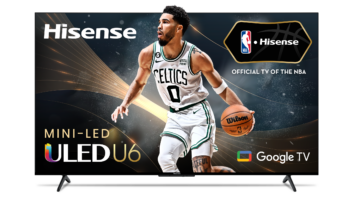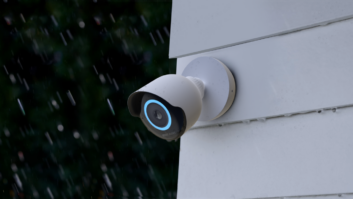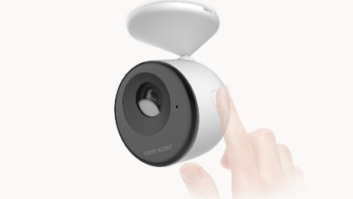Based on the pictures in TWICE Magazine in 1992, big hair was still in. Howard Stern was endorsing Aiwa products and had bigger hair than the models for the blank tape ads — and he looked about 15 years old.
Well, Howard has come a long way, with his half-billion-plus contract with Sirius, and so has the industry.
We were still in a recession in the wake of the Gulf war. Selling anything other than home office products and car stereos was tough.
The outlook in January of 1992 was so bleak that Saul Gold, executive director of NATM, said, “The market is getting worse every week.” Dick Schulze, president, CEO and founder of Best Buy added, “There are no signs the recession is abating.”
In a twist of fate, however, sales picked up by the end of the year, and 1992 turned out to witness the highest overall sales growth since 1985, with a 7.9 percent increase, lead by sales of video and home office products, according to CEMA.
Early in the year, sales were flat or down in most categories, except as I mentioned, for home office, where new “lower cost” fax machines (at $499) were expected to see double-digit gains for the year. Cordless phones were flying off shelves at a rate of 10 million a year and digital answering machines and caller ID were new hot technologies.
People purchased 25 million PCs in 1991, and TWICE reported that consumer interest in PCs was “exploding,” as the market moved from boutique and chop shops into mass merchants.
In 1992, people still asked if you used Windows or DOS (they could tell just by looking at you if you were a Mac person).
386s shared the shelves with 486s. In March, Tandy introduced a 486 with 4 (count ’em, 4) MB of RAM and a processor clock speed of 50MHz at $2,699.
During the year, prices fell dramatically, down to below $1,000. IBM, Apple and others entered mass-market distribution for the first time, and the PDA was born. Apple debuted its first mainstream consumer line and named it Performa. As a memory refresher, the ill-fated CEO John Sculley was at the helm of Apple. He had been a star CEO of Pepsi and then took over for Steve Jobs. At Winter CES in 1992, Sculley announced Apple would introduce one of the first PDAs, which eventually became the equally ill-fated Newton.
1992 was also the year Congress passed the Audio Home Recording Act, still a landmark piece of legislation. Lately, many of us are reminded of it as satellite radio faces challenges under the pending Perform Act (which may limit the ability to record satellite radio programming).
Many of the newer products on the horizon were struggling to make it to market because of format wars (Digital Cassette Recorders, DCC, vs. MiniDisc). The cellular phone industry was trying to go digital but faced delays in the deployment of TDMA.
Widescreen TVs were just starting to be introduced. By the end of the year, RCA and Panasonic had shipped the first 16:9 aspect models. Some of these were interim products that could supposedly be upgraded to HD once a standard was set.
TV suppliers were starting to back different standards for HDTV, and optimists hoped the first American HDTV broadcasts would happen by Christmas 1995. The FCC was shooting for a standard by 1993.
In audio, mini and shelf systems were big and component separate sales were slow. It was part of the heyday of car stereos and boom boxes. Car stereo CD head units, impervious to recession, were expected to grow by 33 percent.
The industry spent much time hyping Digital Cassette Recorders (DCC), and finally by the end of the year, two companies Technics and Philips had each shipped a player. MiniDisc portables from Sony also finally shipped by the end of the year.
On a lesser scale, another format war took place between Compact Disc-Interactive (CD-i) that stored and played back 72 minutes of a video on a disc form and a rival format called Video Information system (VIS) from Tandy and Zenith.
By fall, you were reminded just how tough times were by the number of retailers closing up shop. Among the casualties were Newmark & Lewis and Rogersound Labs. Highland Superstores and 47th Street Photo filed for Chapter 11 protection. But others saw opportunity. Tandy announced it would build a 100,000-square-foot megastore called Incredible Universe, and Best Buy said it would double its expansion rate in fiscal 1993, increasing its store count by more than 40 percent, including an invasion of the Chicago market.
Some other notable facts about 1992: It was the first year that portable cellular phones (they were too big back then to call handsets) outsold the bulkier transportable in-car models. Eight-bit video games were in decline and Nintendo and Sega were selling plenty of 16-bit models.











